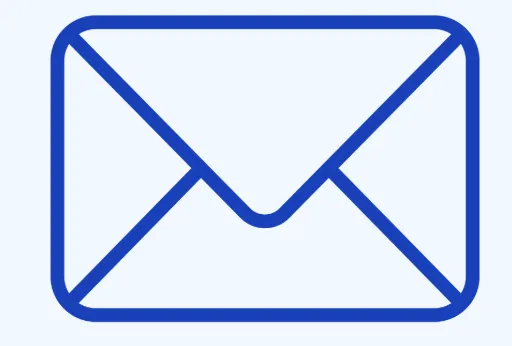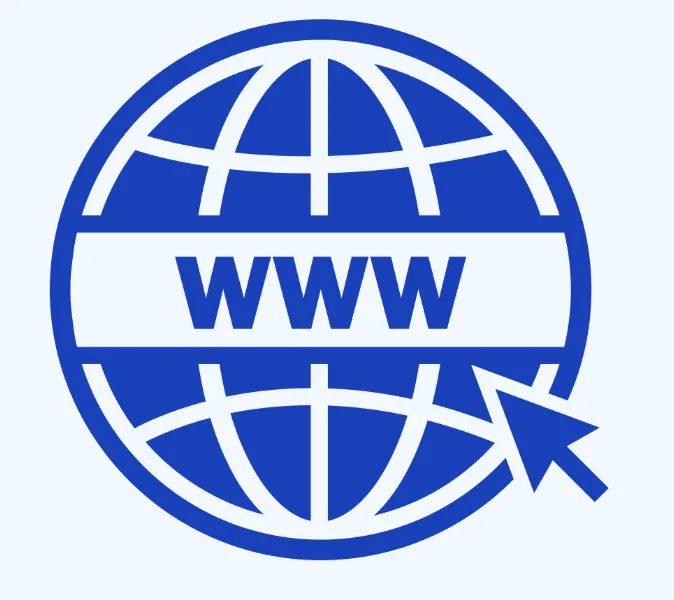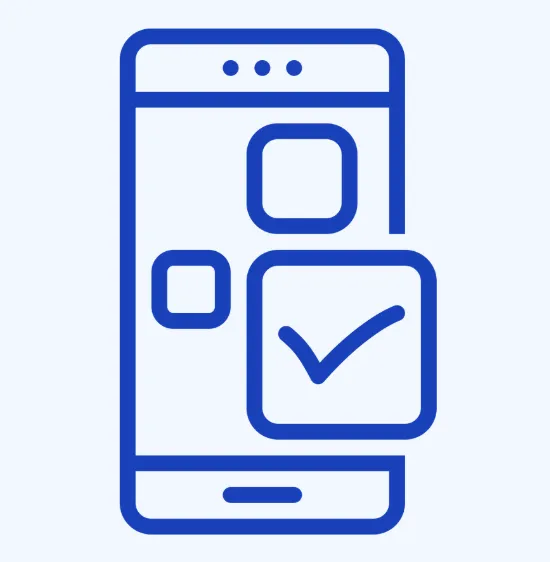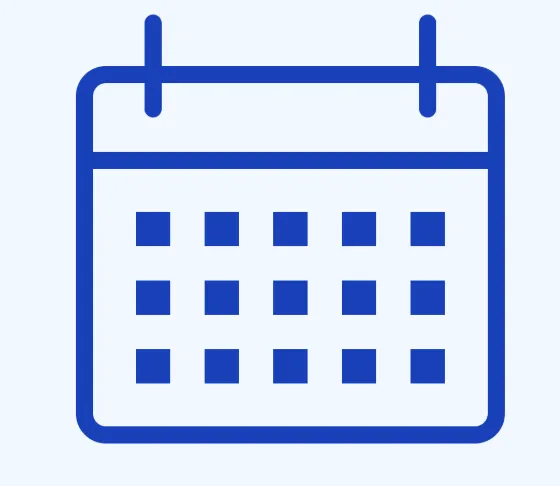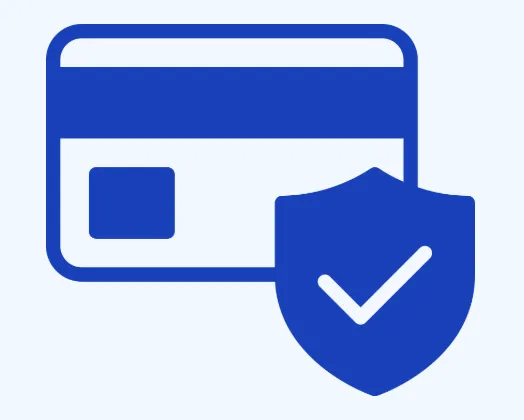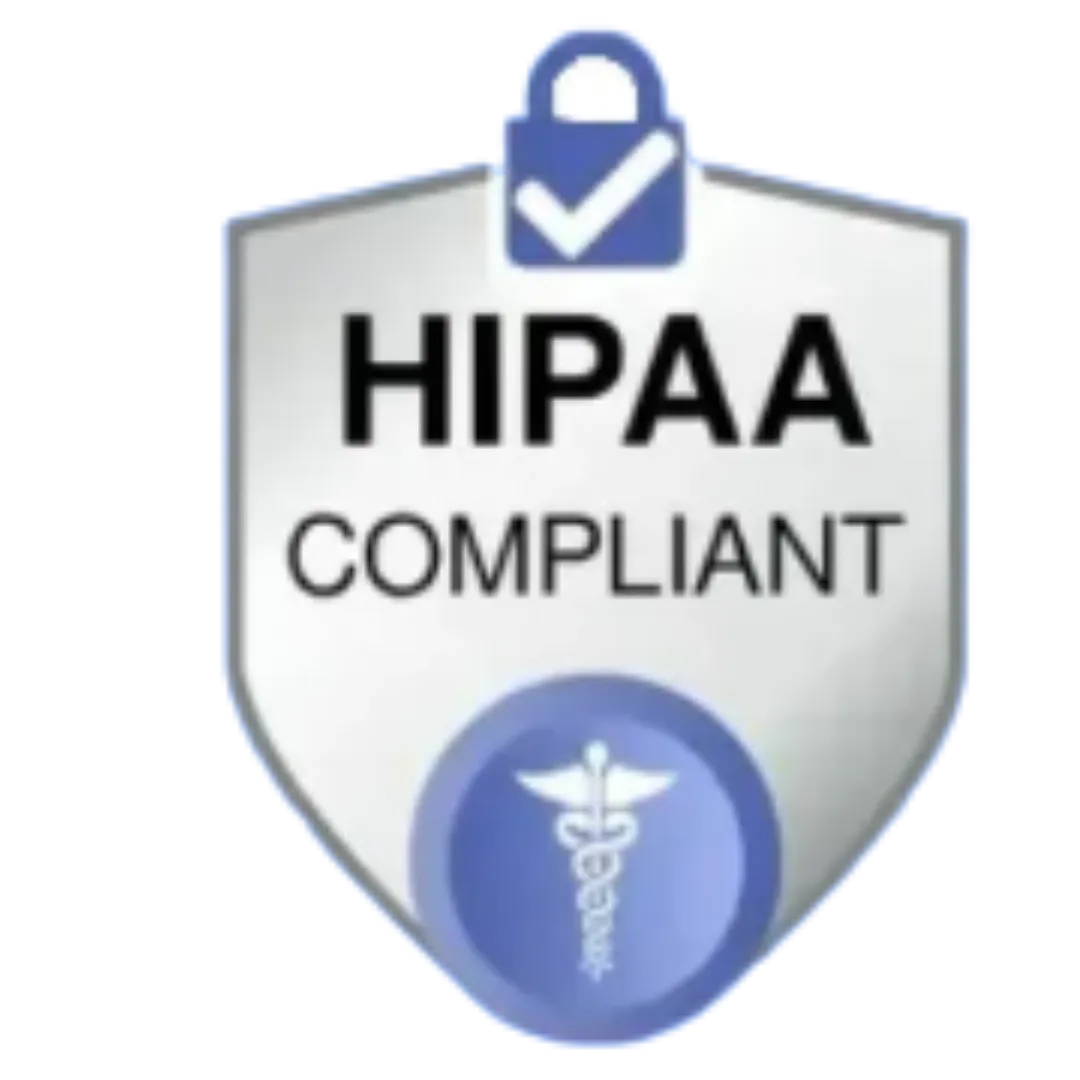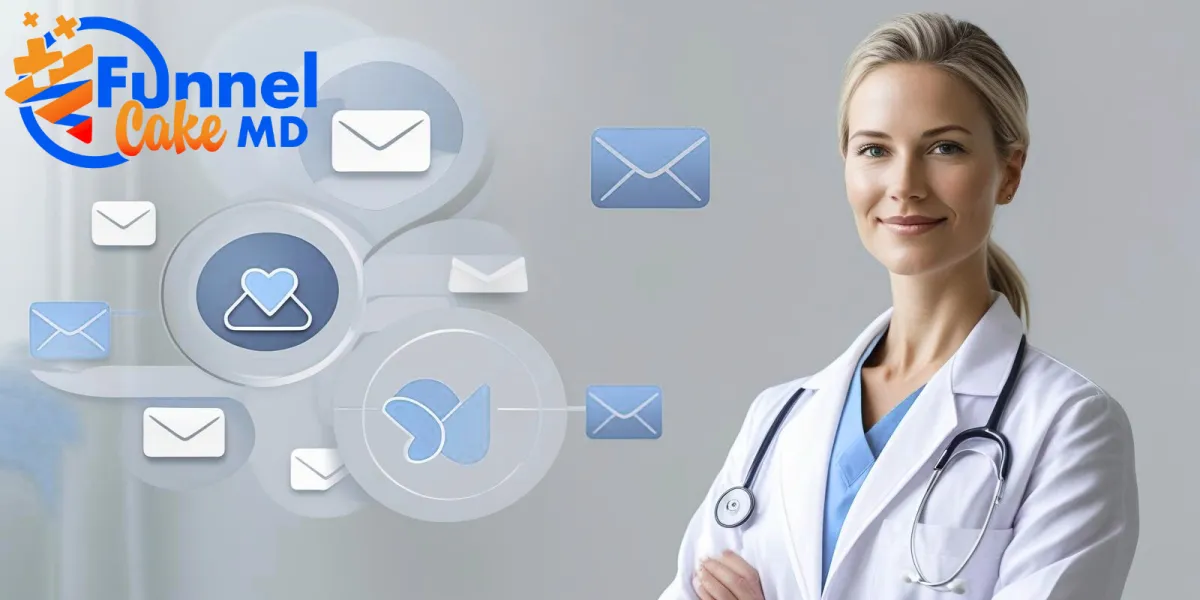
Increase Patient Retention by 40% with Funnel Cake MD’s Email Marketing Tools
Email marketing is a pivotal tool for healthcare providers aiming to build strong, lasting relationships with their patients. By targeting specific patient segments, practices can deliver personalized messages that address patient needs, preferences, and behaviors. This article explains how to identify key patient segments, craft compelling content, schedule emails for optimal engagement, monitor performance with analytics, ensure compliance with healthcare regulations, and encourage valuable feedback. In doing so, providers ensure that critical health information reaches the right audience at the right time, reinforcing the patient journey and improving overall satisfaction.
Transitioning from broad audience communication to a patient-centered approach allows clinicians to foster more meaningful interaction. The sections below detail practical methods and strategies that practices can implement to optimize their email marketing campaigns and brand awareness.
Identify Key Patient Segments for Targeted Email Campaigns
Effective segmentation starts with analyzing patient data to determine distinct groups. Sorting patients based on demographics, treatment history, and expressed interests enables practices to create email marketing for doctors that resonate with each segment’s specific needs.
Analyze Patient Data to Determine Target Segments
Review patient information stored in electronic health records (EHRs) and customer relationship management systems. Using data such as age, gender, chronic conditions, and past visits helps providers identify patterns in health needs. For example, patients with diabetes, hypertension, or asthma may benefit from tailored management tips delivered via email. This initial analysis supports customized outreach strategies for each group.
Use Demographics to Create Effective Email Lists
Patient demographics—age, sex, socio-economic status, and geographic location—are valuable for segmentation. This approach groups patients such as older adults needing chronic disease management or younger individuals interested in preventative care. Accurate use of demographic data ensures that messages are relevant and improves open and click-through rates. Targeted lists also allow better allocation of resources by directing efforts where engagement potential is highest.
Segment Communication by Patient Needs and Preferences
It is important to segment patients based on their health profiles and communication preferences. Some may prefer detailed clinical information while others favor visual summaries or bullet points. For instance, an email campaign for asthma patients might focus on new treatment options, seasonal triggers, or practical management tips—all delivered in a patient-preferred format. This tailored method builds trust and increases the likelihood of patients following the advice provided.
Track Engagement Levels to Refine Target Segments
After launching campaigns, monitoring engagement is essential. Tracking metrics such as open rates, click-through rates (CTR), and conversion rates shows whether each segment is responding to the message. If a segment shows low engagement, the messaging can be adjusted or further sub-segmentation can be considered. Over time, these metrics help refine the segmentation strategy and effectively.
Develop Personas for Tailored Messaging
Creating detailed patient personas based on aggregated data and engagement trends personalizes email campaigns further. A persona might include common health issues, preferred communication channels, and even emotional triggers. For example, a busy working parent with asthma might appreciate quick tips and concise summaries. These personas guide tone, style, and content to ensure that each email seems personally addressed to the customer.
Automate Segmentation for Ongoing Campaigns
Automation tools integrated with CRM systems simplify continual segmentation as new data becomes available. Automated workflows can update patient segments dynamically, ensuring communication remains relevant. Automation also enables scheduled follow-ups, triggered messages after appointments, and reminders for routine screenings. These tools save time and maintain consistent, finely tuned messaging.

Craft Compelling Email Content That Resonates
The success of an email campaign relies on the quality of its content. Compelling messages that resonate with patients require personalization, clear messaging, and engaging visuals to support educational healthcare.
Utilize Personalization Techniques for Better Engagement
Personalization is key to effective email content. Addressing patients by name, acknowledging their medical concerns, and providing tailored tips makes recipients feel valued. For example, including a note such as “Dear Mr. Smith, based on your recent lipid profile, here are some dietary suggestions…” integrates patient data directly into the email. Such personalization has been shown to increase engagement by making the content feel directly relevant to the customer.
Write Clear and Engaging Subject Lines
The subject line serves as the gateway to higher open rates. A clear and engaging subject line that hints at the email’s benefits can compel patients to click. For instance, “Improve Your Heart Health: Top Tips for Managing Blood Pressure” signals valuable content and actionable advice. Short, compelling subject lines set proper expectations and align with automation workflow.
Incorporate Patient Testimonials in Email Content
Patient testimonials are a powerful way to build trust. Sharing real-life stories and quotes from patients who have benefited from a clinic ’s services humanizes the message and encourages others to take action. Testimonials work best when they are specific and relatable, such as describing how personalized care helped a patient manage asthma symptoms. These narratives can be supported by general statements about improved treatment adherence when personalized communication is used. email marketing for doctors
Use Visuals to Enhance Email Appeal
Visual elements—including images, infographics, and short videos—make emails more engaging by breaking up text and clarifying complex health information. An infographic showing step-by-step instructions for using an inhaler, for example, can complement the textual content for asthma patients. High-quality visuals not only improve reader retention but also aid in understanding and offer a pleasant, branded reading experience.
Highlight Important Health Information and Resources
Emails should present vital health information in a clear, digestible format. This might include appointment reminders, new treatment protocols, educational resources, or wellness tips. Providing links to clinical studies, video tutorials, or downloadable guides adds value to the message and positions the practice as a trusted healthcare
Optimize Content for Mobile Viewing
With many patients accessing email on mobile devices, optimizing content for mobile is essential. This means using a clean layout, larger fonts, and concise messaging to ensure readability. Responsive designs that adapt to different screen sizes help reduce bounce rates and improve engagement, ensuring patients can easily access important clinic on the go.
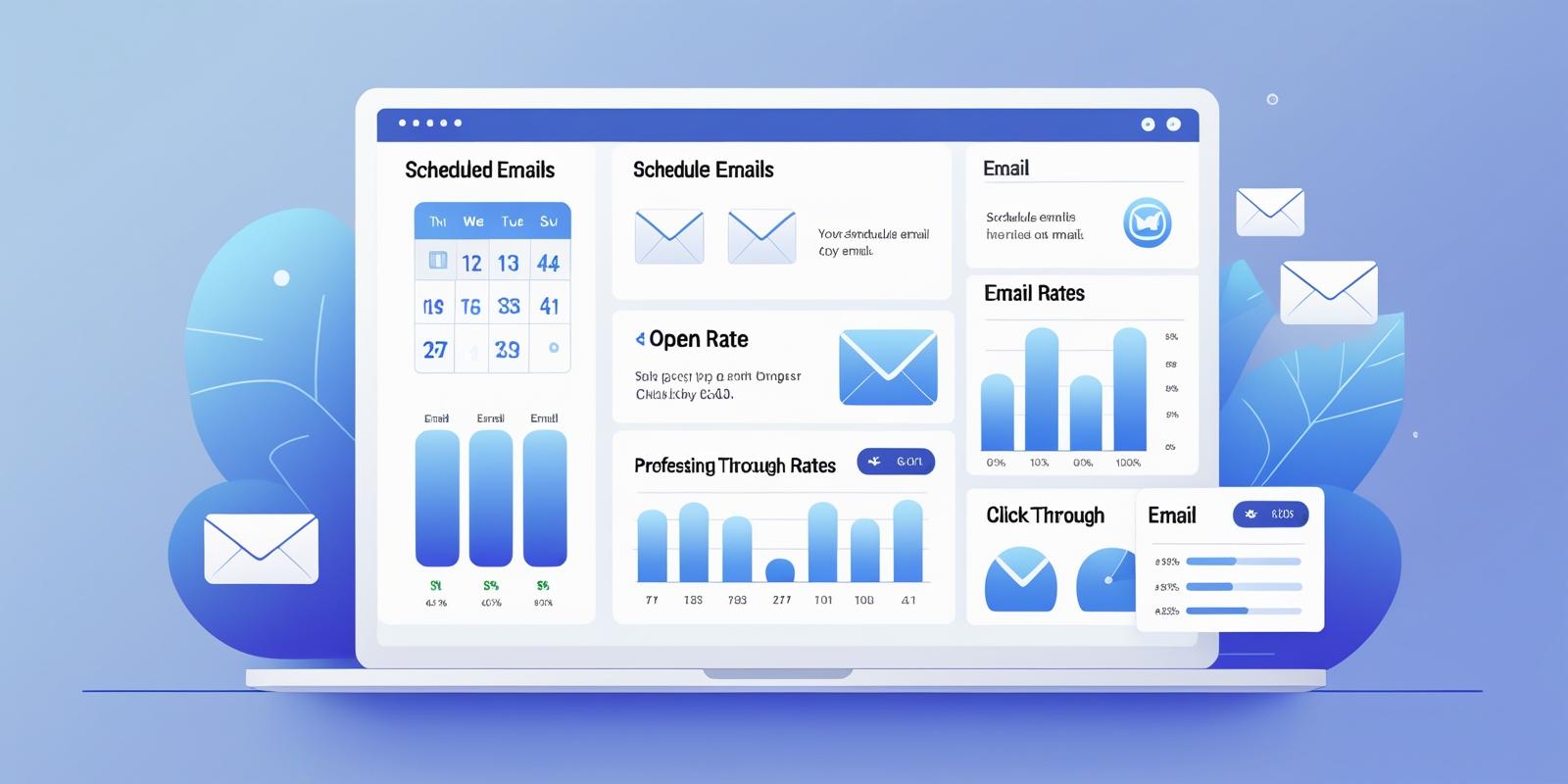
Schedule Emails for Maximum Engagement Opportunities
Timing plays a crucial role in email marketing. Developing a schedule that aligns with patients’ daily routines and appointment schedules can meaningfully improve engagement.
Analyze Open Rates to Determine Best Send Times
Data analytics provide insights into when patients are most likely to open emails. By reviewing historical open rates and CTRs, practices can determine the most effective times for sending messages. For example, if patients typically open emails in the early evening, scheduling during this window can drive higher engagement. Optimizing send times ensures maximum visibility and timely responses.
Test Different Sending Frequencies for Patient Preferences
Experimenting with the frequency of emails is essential. Practices should test various schedules—such as daily, weekly, or bi-weekly—to determine what yields the best engagement without overwhelming recipients. Adjustments based on key performance indicators ensure that communication remains regular but not excessive.
Integrate Seasonal Themes Into Email Timing
Seasonal themes and timely public health topics can boost engagement. For instance, during flu season, emails focused on vaccination reminders or wellness tips may resonate more strongly. Incorporating current events and seasonal topics helps position emails as both reminders and valuable resources.
Consider Patients' Appointment Schedules for Timing
Synchronizing email schedules with patient appointments increases message relevance. Sending a reminder before a routine visit or a follow-up message after a procedure reinforces the patient’s care journey and encourages adherence to preventive therapy measures.
Use Automation Tools for Timely Follow-Up Messages
Automation platforms enable scheduling based on patient interactions. Automated messages triggered by events such as missed appointments, lab result availability, or post-consultation follow-ups ensure timely communication. This automation allows healthcare providers to concentrate on patient care instead of manual scheduling. automation workflow
Reassess Sending Schedule Based on Engagement Data
Regularly auditing the performance of email campaigns is critical. Practices should review open rates, CTRs, and conversion metrics periodically to refine their sending schedules. Adjusting the timing based on reliable data helps maintain an effective strategy that adapts to changing and clinic.

Monitor Email Campaign Performance With Analytics
Robust analytics are essential for refining email marketing tactics. Establishing key performance indicators (KPIs) and utilizing analytics tools allows practices to make data-driven improvements. email marketing guide for physician practitioners.
Set Up Key Performance Indicators for Success
Defining KPIs such as open rates, conversion rates, bounce rates, and CTRs is the first step in measuring campaign success. These metrics provide valuable insights into whether emails are engaging the customer . For example, setting benchmarks like a 30% open rate and a 15% CTR for wellness newsletters helps guide campaign adjustments.
Track Open and Click-Through Rates for Insights
Open rates reveal the effectiveness of subject lines and timing, while CTRs indicate how compelling the email content is. Continuous monitoring allows practices to quickly identify when adjustments—such as refreshing subject lines—are needed. email marketing for doctors
Analyze Conversion Rates From Email Campaigns
Conversion rates, which track the percentage of recipients completing a desired action, are critical to measuring the ultimate impact of an email campaign. High conversion rates indicate that messages are effectively driving actions like appointment scheduling or resource downloads. This data helps optimize calls-to-action within the emails.
Use A/B Testing to Optimize Email Content
A/B testing of various email elements—subject lines, layouts, images, and CTAs—provides direct feedback on what works best. Comparing performance between different versions enables practices to integrate the most successful elements in future campaigns, leading to continually improved customer.
Adjust Strategies Based on Performance Metrics
Data-driven analysis may prompt changes in segmentation criteria, personalization tactics, or sending times. An agile approach that adjusts the overall strategy as performance data accumulates ensures that the email marketing program remains effective.
Report Findings to Refine Future Campaigns
Summarizing key metrics and findings in regular reports allows practices to communicate insights with their marketing teams and clinical staff. This feedback loop builds a comprehensive view of what drives patient engagement and informs future advertising planning.
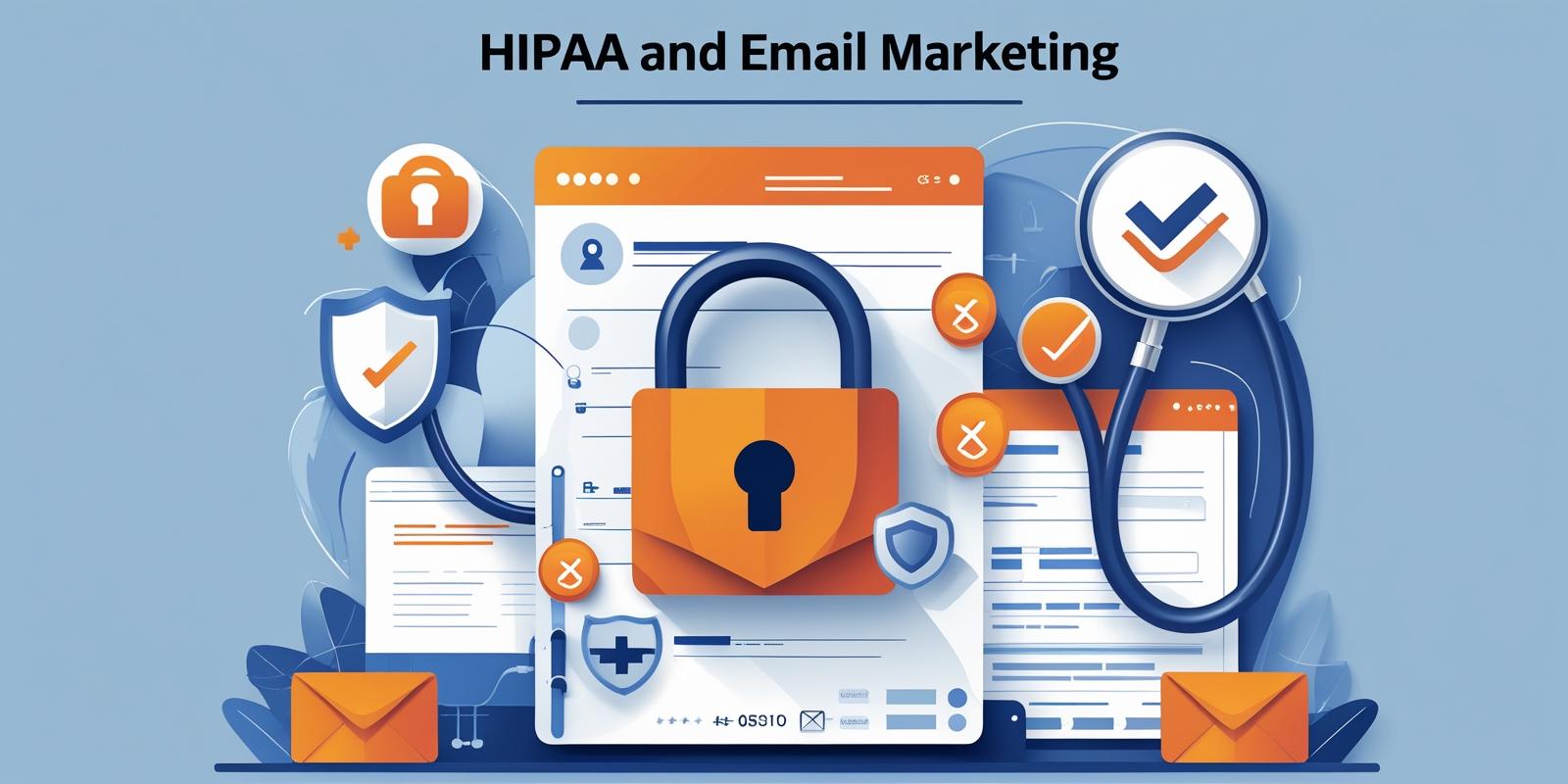
Ensure Compliance With Healthcare Regulations
Healthcare providers must navigate strict regulatory environments when conducting email marketing. Compliance with regulations such as HIPAA is crucial for protecting patient encryption , ensuring privacy, and maintaining
Understand HIPAA Requirements for Email Marketing
HIPAA mandates stringent measures when handling patient data electronically, including encryption requirements, secure transmission protocols, and strict access controls. Understanding these guidelines prevents legal repercussions and builds patient confidence by ensuring that their personal data is secure. personal data is secure.
Obtain Patient Consent for Email Communications
Before sending emails with health-related information, it is essential to obtain explicit patient consent. This consent should specify what information will be communicated and how it will be used, reducing the risk of privacy breaches and ensuring regulatory compliance.
Secure Patient Information and Privacy in Emails
Using encryption and secure email platforms protects sensitive patient data from unauthorized access. Employing end-to-end encryption, secure login protocols, and regular cybersecurity updates ensures that patient information remains confidential throughout email communications. privacy policy
Regularly Review Compliance Practices in Campaigns
Ongoing audits of email campaigns and regular staff training help maintain adherence to HIPAA and other regulations. Periodic reviews and staying updated on regulatory changes allow practices to promptly address any potential vulnerabilities and demonstrate a commitment to encryption protection.
Train Staff on Compliance Standards for Email Marketing
Educating staff on HIPAA, secure emailing practices, and data privacy is fundamental. Training should cover recognizing phishing attempts and preventing accidental disclosure of sensitive encryption , ensuring that all team members uphold compliance standards. email marketing for doctors
Implement Secure Email Platforms for Patient Communication
Utilizing email platforms designed for healthcare communications provides additional layers of security, such as multi-factor authentication and audit trails. These platforms help practices confidently send targeted communications while ensuring that all patient encryption remains secure.

Encourage Feedback to Improve Email Engagement
Patient feedback is vital for refining email marketing strategies. Actively seeking insights on content and frequency can reveal improvement opportunities and foster a sense of community and loyalty.
Incorporate Surveys to Gather Patient Opinions
Surveys are an effective method for collecting patient feedback. Short, targeted surveys that ask about content clarity, frequency, and overall satisfaction provide valuable insights that help practices adjust their communication strategies.
Ask for Feedback on Email Content and Frequency
Directly asking patients for their opinions—via a link to a feedback form or a brief question at the end of an email—encourages open communication. This proactive approach helps ensure that emails are sent at a frequency that meets patient preferences without causing email spam.
Use Feedback to Shape Future Campaigns
Analyzing feedback allows practices to make data-driven decisions, such as adjusting tone, content length, or send frequency. Incorporating patient suggestions continually improves the relevance and value of email campaigns in the customer clinic.
Provide Easy Access to Feedback Mechanisms
Including clear calls-to-action and prominent links to surveys in every email makes it easy for patients to share their opinions. When patients feel their feedback influences service delivery, they become more engaged and loyal.
Respond to Patient Feedback to Build Loyalty
Responding to patient feedback demonstrates that the clinic values its patients’ opinions. Timely responses and visible adjustments based on feedback foster trust and encourage ongoing interaction, strengthening the relationship between patient and provider.
Encourage Referrals Through Incentive Programs
Incorporating referral programs in email campaigns can further boost engagement. By offering incentives—such as discounts on clinic services or wellness products—for referrals, practices not only increase engagement but also expand their patient base.
Frequently Asked Questions
Q: How can patient data analysis help in email segmentation? A: Patient data analysis enables providers to identify distinct groups based on demographics, medical history, and engagement trends. This information allows for tailored messages that reach the right segment, thereby boosting engagement and satisfaction.
Q: What are some key personalization techniques for email marketing in healthcare? A: Techniques include addressing patients by name, referencing specific health concerns, tailoring content to individual appointments or test results, and offering patient-specific recommendations. This personalization increases the relatability and effectiveness of the email.
Q: How do secure email platforms ensure compliance with HIPAA? A: They use encryption, multi-factor authentication, and continuous monitoring to protect patient data during transmission. Audit trails and compliance reporting further ensure that email communications adhere to HIPAA guidelines.
Q: What is the significance of automating email segmentation in healthcare campaigns? A: Automation streamlines the segmentation process and ensures patients receive timely, relevant emails based on changing needs. This dynamic targeting improves efficiency and increases engagement within the clinic.
Q: How can incorporating patient feedback improve email marketing outcomes? A: Regular feedback through surveys helps identify strengths and weaknesses in email content and frequency, enabling practices to adjust their strategies for higher engagement and loyalty.
Q: What are some best practices for scheduling email campaigns in healthcare? A: Best practices include analyzing historical engagement data, aligning emails with appointment schedules, experimenting with different frequencies, and incorporating seasonal health topics. This ensures emails are timely and relevant. email marketing for doctors clinic
Q: How do A/B testing methods benefit email marketing in patient outreach? A: A/B testing allows practices to compare different versions of emails to determine which elements—such as subject lines, visuals, or CTAs—perform best. This data-driven approach continually refines email content for improved engagement.
Final Thoughts
The strategic approach to targeted email marketing in healthcare is essential for enhancing patient engagement and building strong relationships. By understanding patient segments, crafting personalized content, and leveraging analytics, practices can drive higher engagement and improve health outcomes. Ongoing optimization and a responsive feedback loop ensure that every email speaks directly to patient needs. With a strong focus on compliance and encryption , healthcare providers can confidently implement.


